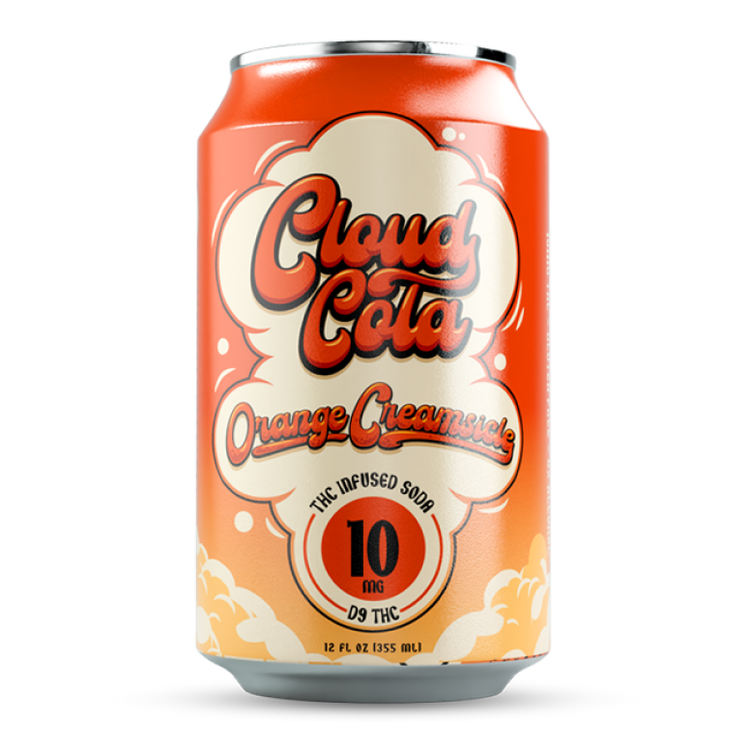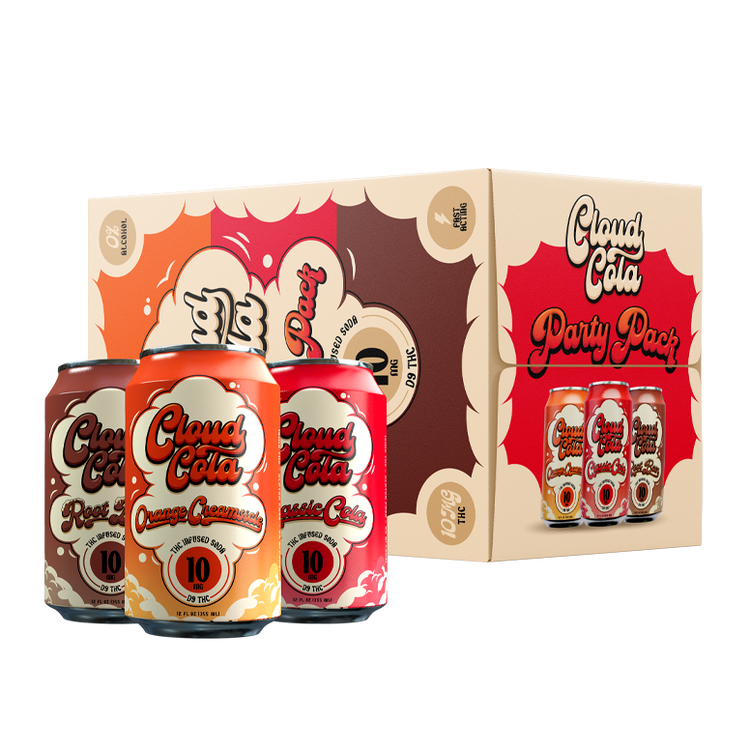THC and Appetite Stimulation
THC, the psychoactive component in cannabis, is well-known for its ability to stimulate appetite. This effect, often referred to as “the munchies,” is a common experience for many cannabis users.
The Endocannabinoid System
THC exerts its appetite-stimulating effects through interactions with the endocannabinoid system (ECS), a complex network of receptors and neurotransmitters found throughout the body. The ECS plays a crucial role in regulating various physiological processes, including appetite, mood, pain perception, and memory.
Cannabinoid receptors, primarily CB1 receptors, are densely concentrated in areas of the brain involved in appetite control, such as the hypothalamus and the hippocampus. THC binds to these receptors, mimicking the actions of naturally occurring endocannabinoids like anandamide. This binding triggers a cascade of signaling events that ultimately lead to increased feelings of hunger.
THC’s Interaction with CB1 Receptors
THC exerts its appetite-stimulating effects through interactions with the endocannabinoid system (ECS), a complex network of receptors and neurotransmitters found throughout the body. The ECS plays a crucial role in regulating various physiological processes, including appetite, mood, pain perception, and memory.
Cannabinoid receptors, primarily CB1 receptors, are densely concentrated in areas of the brain involved in appetite control, such as the hypothalamus and the hippocampus. THC binds to these receptors, mimicking the actions of naturally occurring endocannabinoids like anandamide. This binding triggers a cascade of signaling events that ultimately lead to increased feelings of hunger.

- THC binds to CB1 receptors in areas of the brain that control appetite.
- This binding mimics the action of natural endocannabinoids, such as anandamide.
- The activation of these receptors leads to a signaling cascade that stimulates appetite.
The Link to Increased Appetite
THC’s appetite-stimulating effects are linked to its interaction with the endocannabinoid system (ECS), a network of receptors and neurotransmitters involved in regulating various bodily functions, including appetite. The ECS contains cannabinoid receptors, primarily CB1 receptors, found in high concentrations in brain areas responsible for appetite control, like the hypothalamus and hippocampus.

When THC binds to these CB1 receptors, it mimics the effects of naturally occurring endocannabinoids like anandamide. This binding triggers a cascade of signals that ultimately lead to increased feelings of hunger.
THC Soda: A Potential Pathway to Munchies?
THC, the psychoactive compound in cannabis, is well-known for inducing “the munchies,” a surge in appetite often experienced by cannabis users. This effect stems from THC’s interaction with the endocannabinoid system (ECS), a complex network of receptors and neurotransmitters that regulate various bodily functions, including appetite, mood, and pain perception.
How THC Enters the Body Through Beverages
When THC is consumed through beverages, it enters the bloodstream relatively quickly. The absorption rate can vary depending on factors such as the individual’s metabolism, the type of beverage, and the amount of THC ingested.
Once in the bloodstream, THC travels to various organs and tissues, including the brain. In the brain, THC binds to cannabinoid receptors, primarily CB1 receptors, which are concentrated in areas involved in appetite regulation, such as the hypothalamus and the hippocampus. This binding triggers a cascade of signaling events that ultimately lead to increased feelings of hunger.
Factors Affecting Absorption and Effects
THC soda, a novel way to consume cannabis, presents an intriguing question: will it exacerbate the munchies?
While THC is renowned for stimulating appetite, several factors influence both absorption and its subsequent effects.
- The method of consumption plays a crucial role in determining absorption rate. Ingesting THC through beverages allows for quicker entry into the bloodstream compared to other methods like smoking or edibles.
- Individual metabolism varies significantly, influencing how quickly the body processes and absorbs THC.
- The concentration of THC in the beverage directly affects the intensity of its effects, including appetite stimulation.
- Other ingredients in the soda, such as sugar or caffeine, may interact with THC and potentially modulate its effects on hunger.
Understanding these factors can help individuals make informed decisions about their cannabis consumption and manage potential side effects like increased appetite.
Comparing THC Soda to Other Consumption Methods
Comparing THC soda to other consumption methods, such as smoking or edibles, reveals some key differences. Smoking or vaping delivers THC directly to the lungs, allowing for rapid absorption into the bloodstream. This leads to a quicker onset of effects, including the munchies.
Edibles, on the other hand, are digested and absorbed through the digestive system. This process takes longer, resulting in a delayed but often more intense and prolonged effect. THC soda falls somewhere between these two methods, offering relatively fast absorption compared to edibles but not as immediate as smoking.
The specific effects of THC soda on appetite will depend on several factors, including individual metabolism, the concentration of THC in the beverage, and potential interactions with other ingredients.
Munchie Mechanics: Beyond Just THC
THC-infused beverages, a growing trend in cannabis consumption, raise an interesting question: Will they amplify the well-known “munchies” associated with marijuana? THC, the psychoactive compound responsible for cannabis’s effects, is famous for stimulating appetite. This effect is triggered by THC’s interaction with the endocannabinoid system (ECS), a complex network of receptors and neurotransmitters that regulate various bodily functions, including hunger.
Psychological Factors Influencing Food Cravings
While THC is known to stimulate appetite, several factors can influence both its absorption and subsequent effects on hunger. The method of consumption plays a crucial role; ingesting THC through beverages allows for quicker absorption compared to methods like smoking or edibles. Individual metabolism also varies significantly, affecting how quickly the body processes and absorbs THC.
The concentration of THC in the beverage directly impacts the intensity of its effects, including appetite stimulation. Other ingredients in the soda, such as sugar or caffeine, may interact with THC and potentially modulate its effects on hunger.
Understanding these factors can help individuals make informed decisions about their cannabis consumption and manage potential side effects like increased appetite.
Physiological Changes Associated with THC Use
THC, the psychoactive compound in cannabis, stimulates appetite through its interaction with the endocannabinoid system (ECS). This complex network of receptors and neurotransmitters regulates various bodily functions, including hunger.
Cannabinoid receptors, primarily CB1 receptors, are concentrated in brain areas controlling appetite, like the hypothalamus and hippocampus. THC binds to these receptors, mimicking the effects of naturally occurring endocannabinoids like anandamide. This binding triggers a cascade of signals that lead to increased feelings of hunger.
The speed at which THC is absorbed after consumption influences its effects. Beverages allow for relatively quick absorption compared to methods like smoking or edibles, leading to a faster onset of appetite stimulation.
Individual metabolism plays a role in how quickly the body processes THC, influencing the intensity and duration of its appetite-stimulating effects.
The concentration of THC in a beverage directly affects the strength of its impact on hunger. Additionally, other ingredients in the soda, such as sugar or caffeine, could potentially interact with THC and modify its effects on appetite.
The Role of Individual Variability in Appetite Response
THC, the psychoactive compound in cannabis, is renowned for stimulating appetite, a phenomenon commonly known as “the munchies.” This effect stems from THC’s interaction with the endocannabinoid system (ECS), a complex network of receptors and neurotransmitters that regulate various bodily functions, including hunger.
Cannabinoid receptors, primarily CB1 receptors, are densely concentrated in brain areas responsible for appetite control, such as the hypothalamus and hippocampus. THC binds to these receptors, mimicking the actions of naturally occurring endocannabinoids like anandamide. This binding triggers a cascade of signaling events that ultimately lead to increased feelings of hunger.
- THC’s interaction with the ECS is responsible for its appetite-stimulating effects.
- CB1 receptors, concentrated in brain regions controlling appetite, are targeted by THC.
- By mimicking endocannabinoids, THC triggers a cascade of signals that increase hunger.
The speed at which THC is absorbed after consumption influences its effects. Beverages allow for relatively quick absorption compared to methods like smoking or edibles, leading to a faster onset of appetite stimulation.
Individual metabolism plays a role in how quickly the body processes THC, influencing the intensity and duration of its appetite-stimulating effects.
The concentration of THC in a beverage directly affects the strength of its impact on hunger. Additionally, other ingredients in the soda, such as sugar or caffeine, could potentially interact with THC and modify its effects on appetite.
Shop Cloud Cola’s premium infused beverages
- Traptox Aka Trapezius Botox Treatment Near Frimley, Surrey - December 5, 2025
- Top Accessories For The Craftsman Series Vape - December 2, 2025
- The Top 10 CBD Gummy Edibles For Relaxation - November 30, 2025
